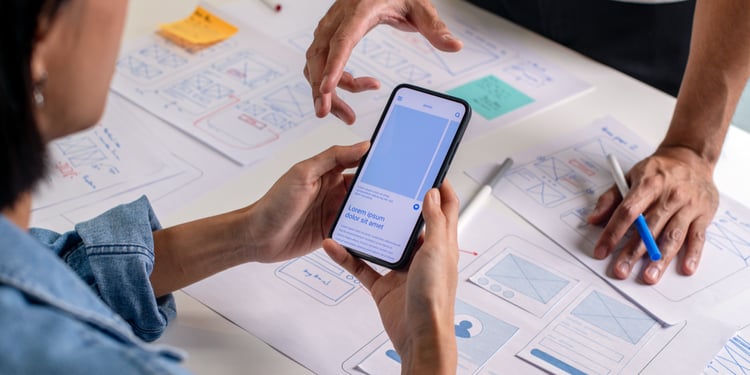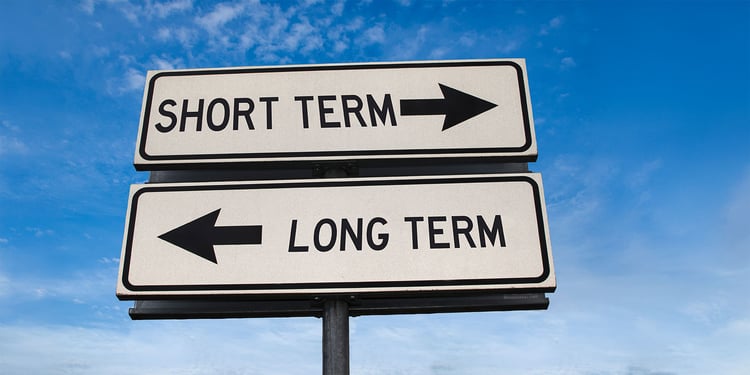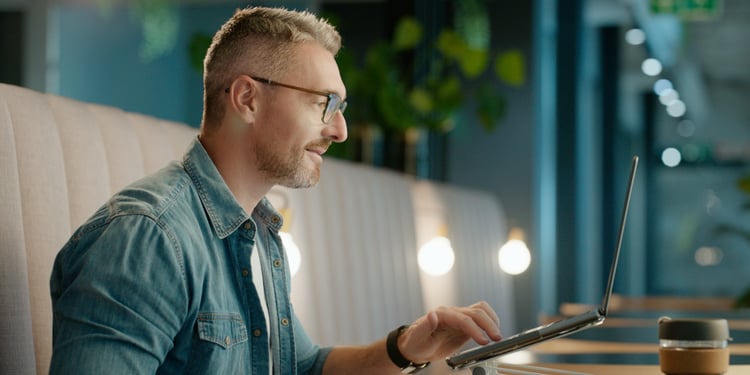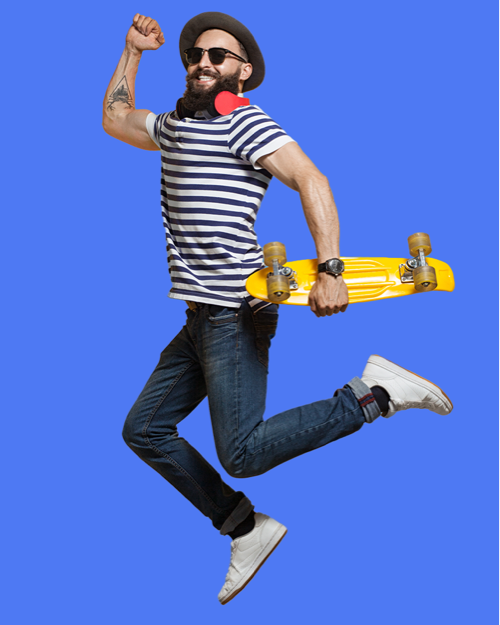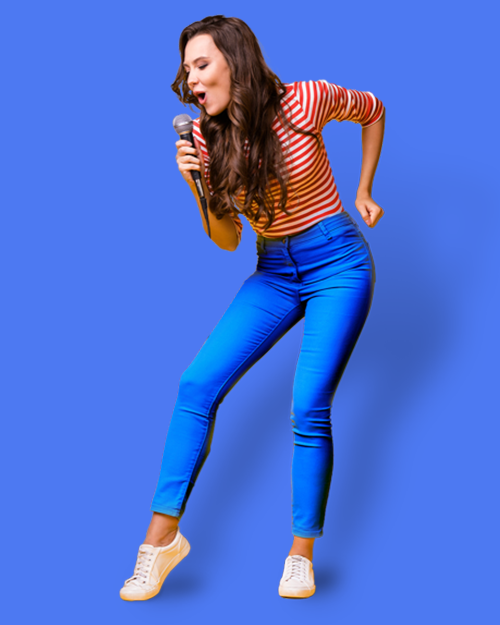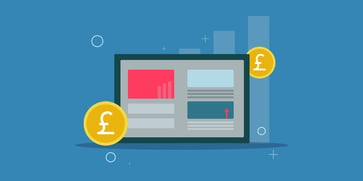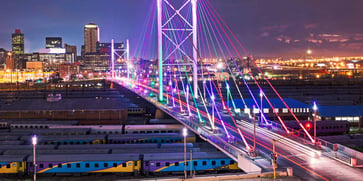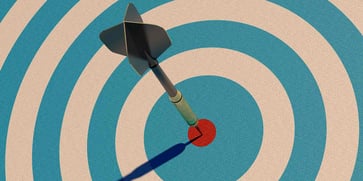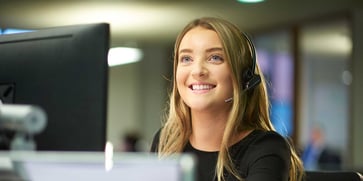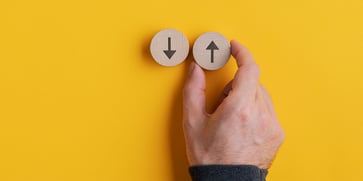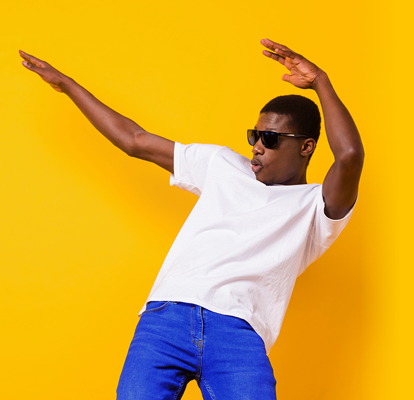Web Design & Development

Transforming B2B websites through visual storytelling
Read more
Through my experience of working on business-to-business (B2B) website optimisations and redesigns, selecting the appropriate imagery can often become a headache for the design team and the client. Usually it's a trade-off between using stock photos (which are often perceived as too generic and clichéd) versus a bespoke brand-centric photoshoot, which can be expensive. The good news is that visual storytelling on a website is not just limited to photographic images. On their own, these images do play a pivotal part of the website narrative, and it is important to get their tone and visual messaging

